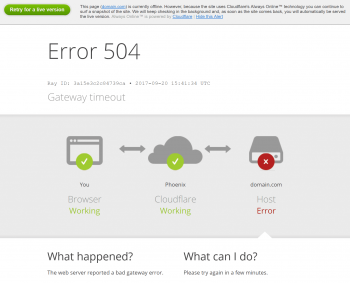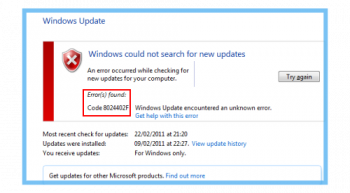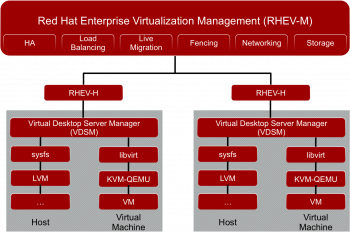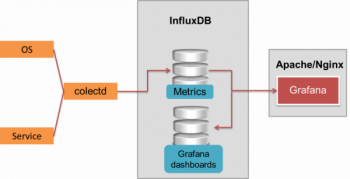Install PHP 8.0 on Rocky Linux 8 - Best Procedure ?
This article covers steps to install PHP 8.0 in Rocky Linux. PHP is used to develop static or dynamic websites or web applications. Many popular CMS such as WordPress, Magento, and Joomla is written in PHP. Frameworks such as Laravel, Symfony, and CodeIgniter is also using PHP.
To list the available PHP version on your Linux terminal, run the command:
$ sudo dnf module list phpTo verify PHP version, simply run the command:
$ php -v To install PHP packages and dependencies, run the command:
$ sudo apt install php php-cli php-fpm php-json php-common php-mysql php-zip php-gd php-mbstring php-curl php-xml php-pear php-bcmathHow to Install PHP 7.4 on Ubuntu ?
Installing PHP 7.4 on Ubuntu 19.04/18.04 is a bit different than 20.04. 1. To get started, update apt and add the required repositories:
$ sudo apt-get update
$ sudo apt -y install software-properties-common
$ sudo add-apt-repository ppa:ondrej/php
$ sudo apt-get update2. And begin the install.
$ sudo apt install php7.43. After the install is complete, you can check the version that is installed and in use.
$ php -v
An Overview of Source Command in Linux with Examples ?
This article covers how to use the source command in Linux. source reads and executes commands from file filename in the current shell. If filename does not contain a slash, directories in PATH are searched for filename.
Using source to execute the commands in a file is not the same as running a script. For one thing, the file does not need to be executable (e.g., with chmod u+x). For another, the commands will execute in the current shell environment; for example, any variables set will retain their value after the source is finished executing.
Source Command Syntax
The source command uses the following syntax:
$ source [filename] [arguments]Where:
- [filename]: The name or path to the file you want the source command to execute.
- [arguments]: Any arguments you provide become positional parameters when the file is executed.
Install PgAdmin 4 on Rocky Linux 8 - Step by Step Process ?
This article covers how you can Install and easily get started with PgAdmin4 for your Linux system. pgAdmin is an advanced, open-source, full-featured, and web-based administration and management tool for the PostgreSQL database server.
Hwinfo Command in Linux - An Overview ?
This article covers how to use the hwinfo command in Linux. hwinfo command reports information about CPU, RAM, keyboard, mouse, graphics card, sound, storage, network interface, disk, partition, bios, and bridge, etc,.
The hwinfo utility displays the following information:
- CPU : manufacturer, model, frequency
- Motherboard : manufacturer, model, BIOS version, on-board controller
- RAM : RAM size, RAM type (FP, EDO, SDRAM, DDRAM)
- Hard disk controller : SCSI, IDE, on-board/card, model, BIOS version, chipset
- Hard disks : type, manufacturer, model, size, bus system (SCSI, IDE), partitioning
- CD-ROM drives : type, manufacturer, model, speed, internal/external, parallel port?
- Other media : CD writer, streamer (model, manufacturer, SCSI/EIDE/floppy streamer, capacity), ZIP drives, Jaz drives, MO drives, flopticals
- Graphics card : model, manufacturer, chipset, memory (DRAM, VRAM), memory size
- Other peripherals : printer, parallel ports, serial ports, modem, ISDN card
Install AnyDesk on Linux Mint 20 - Step by Step guide ?
This article covers how to install AnyDesk on your Linux system which can be used as a remote desktop application for interacting with different devices and controlling them remotely. Anydesk application can be installed on Windows, Linux and macOS.
Install TensorFlow on CentOS 8 - Step by Step Process ?
This article covers the installation procedure of TensorFlow on CentOS 8 system. TensorFlow is a machine learning platform by Google. It is basically an open source and has a huge number of tools, libraries and other resources developed by both its developer community as well as Google and other corporations.
TensorFlow is available for all the popularly used operating systems, viz. Windows, Mac OS, GNU/Linux. It can be downloaded and installed from either Python Package Index using the pip tool and can be run in a virtual python environment. Another way to use it is to install it as a Docker container.















